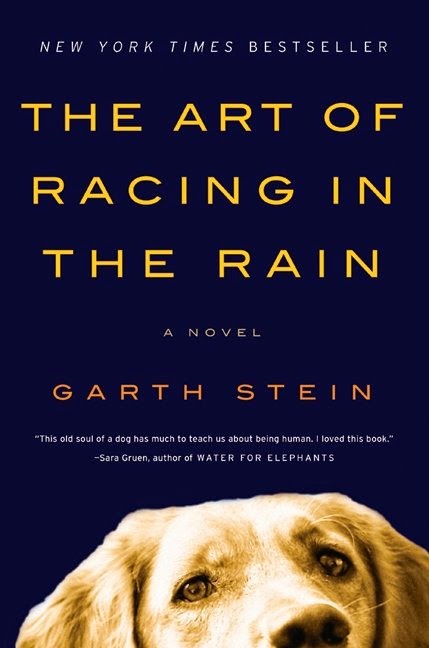Concussions and Hemophilia
Recently, a mother posted a question on a Facebook mothers’ group: how did everyone feel about allowing their child with severe hemophilia to go on roller coaster rides?
It’s a great question. During summer, I usually rerun one of our most popular “As I See It” pieces, on rollercoasters and head injuries, by the now retired but always great Dr. Richard Lipton, formerly of Long Island Jewish Hospital.
Also recently, our amazing archivist, Richard Atwood, of North Carolina, sent to us his review of the 2015 movie “Concussion,” starring Will Smith, about the discovery of chronic traumatic encephalopathy (CTE). It’s a fabulous movie, based on a true story, that uncovers how repeated head blows can lead to degenerative brain functioning. Hemophilia is mentioned in the movie.

Richard writes: “I’m surprised that the hemophilia community didn’t acknowledge this movie when it was released. Of course, it’s Hollywood. While the facts may be inaccurately portrayed, the movie still tells the important story of CTEs.”
So while there might be still time to visit an amusement park before summer ends, read this review, watch the movie and also read our article by Dr. Lipton.
During September 2002, in a Pittsburgh, Pennsylvania courtroom, Dr. Bennet Omalu testifies as an expert witness at the retrial, after the successful appeal, for a convicted murderer named Thomas Chambers. Dr. Omalu presents his credentials: medical degree from the University of Nigeria, residency at Columbia University, master’s degree in public health for epidemiology, board certification in pathology, certified physician executive in emergency medicine, completing an MBA at Carnegie-Mellon University, and a master’s degree in the theory of music from the Royal School of Music in London.
Dr. Omalu displays a blown-up photo of the hands from the female murder victim, showing blood, scratches, and torn fingernails, to demonstrate how she fought her killer, and lost. Dr. Omalu also displays a blown-up photo of the hands of the defendant, showing blood from the victim, but no wounds. Chambers claims that he only touched the female victim to aid her. Dr. Omalu is puzzled by these photos. He learns from the medical records that Chambers stated, “I hate blood,” because as a child, after he had a tooth pulled, the bleeding did not stop. There is a history of hemophilia in the family, yet Chamber’s father, when asked, stated that there is none. Dr. Omalu tests for a strain of hemophilia A so rare that it is not tested for. Thomas Chambers tests positive for hemophilia A. Dr. Omalu claims that if Chambers were scratched or bitten, then he would bleed to death. Therefore, convicting Chambers to a death sentence would be killing an innocent man.
Dr. Omalu, the most junior coroner in Pittsburgh, Pennsylvania, is on call when the body of Mike Webster, age 50, a former Pittsburgh Steelers football player, is brought to the morgue after his suicide. Dr. Omalu, at his own expense, studies Webster’s brain. When he finds tau protein in the brain slides, similar to the effects of Alzheimers’ disease, Dr. Omalu calls the condition Chronic Traumatic Encephalopathy (CTE). He publishes his case report in a medical journal. The National Football League disputes the scientific proof of CTE being caused by football collisions because, according to the NFL, football players do not experience concussions. Dr. Omalu finds CTE in the brains of other deceased former professional football players, but the NFL continues to dispute the results, even snubbing Dr. Omalu at a medical conference on concussions.
This movie is based on a true story. The Special Features selection on the DVD includes a short documentary film called ‘Inside the True Story.’ The real Dr. Bennet Omalu, Dr. Julian Bailes, Dr. Cyril Wecht, and Dr. Ronald Hamilton are interviewed. The viewer can compare these individuals to the actors who play them: Will Smith, Alec Baldwin, Albert Brooks, and Stephen Meyer. The author Jeanne Marie Laskas, who wrote the article and the book about Dr. Omalu’s discovery of CTEs and his fight with the NFL, is listed as a consultant in the movie credits. Hemophilia is mentioned only in the short opening courtroom scene, in which Dr. Omalu is introduced to the movie audience. The movie states that certain names and situations have been altered, and this is evident from the retrial of the real individual with hemophilia named Thomas Kimbell (not ‘Thomas Chambers’), who never touched any of the four murder victims (not just one female). Will Smith does not exhibit the real Dr. Omalu’s short height, shrill voice, or shrieking laughter, and even tones down his Nigerian-formal English accent, yet he still portrays a convincing character role.
Concussion, 2015, Sony Pictures. Writer and Director: Peter Landesman
Cast: Will Smith, Alec Baldwin, Albert Brooks. Rated PG-13; 2 Hrs. 3 Mins.



